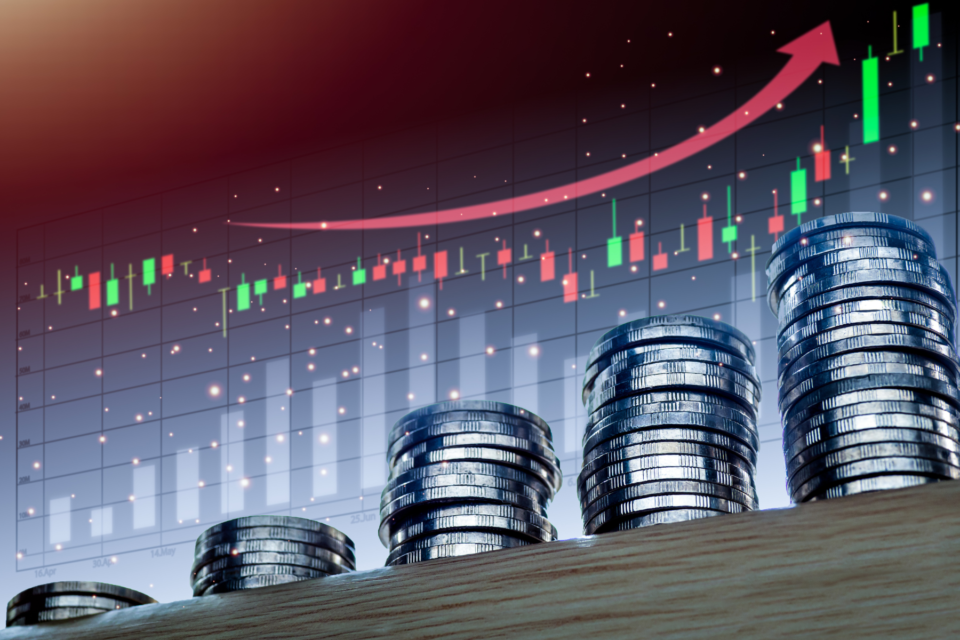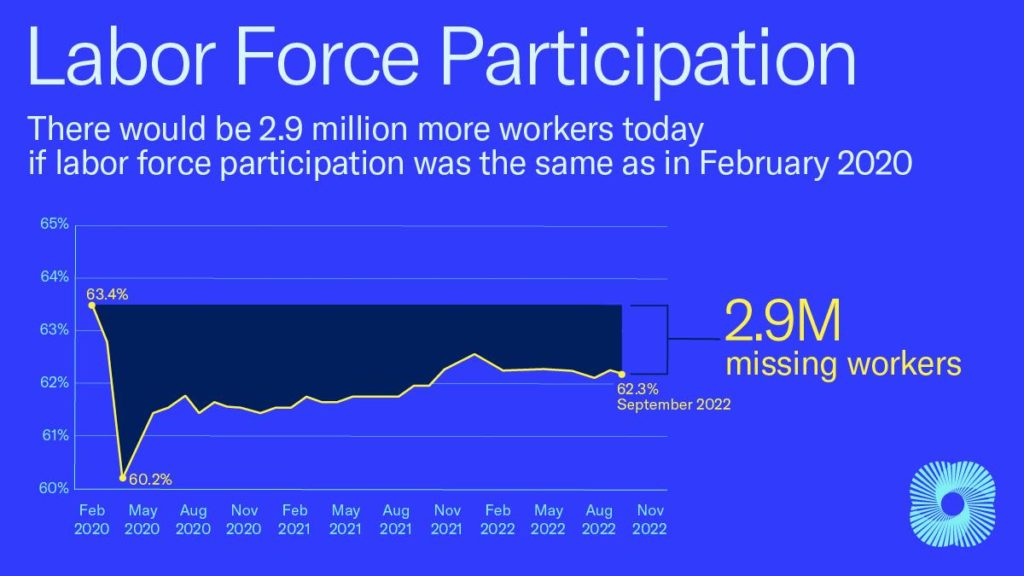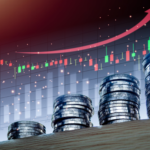Heading for Recession in 2023?

Nationally acclaimed economists presented their predictions for the 2023 economy at the Economic Forecast hosted by the Greater Cheyenne Chamber of Commerce on October 7. Curtis Dubay of the US Chamber of Commerce, Dr. Anne Alexander of the University of Wyoming, and Nicholas Sly of the Federal Reserve agreed on one important thing: Inflation is too high. With increasing certainty, the U.S. is on track to hit a recession in 2023 or 2024.
Inflation is Way Too High
Americans are well aware of the inflation gripping our pocketbooks. Consumer Prices rose 8.3% between August 2021 and August 2022, with essential goods like Groceries rising 13.5% in that time. In contrast, wages have only risen 5%, and consumer sentiment dropped to an all-time low in June 2022.
“Inflation is a tax on everybody,” said Dr. Alexander.
This inflation can be sourced from a few key factors of the last few years. Demand rapidly changed during the COVID-19 pandemic from services to goods, which increased prices for goods and strained supply chains. Liquid assets also increased during the pandemic and caused some inflation from programs such as relief checks. However, this increase accounts only for roughly a third of inflation and the U.S. would have quickly fallen into a financial crisis without these measures.
Way Too Many Job Openings

The U.S. put 22 million people back to work in a year, but there are still 4 million more job openings than unemployed workers. The labor force participation rate is still lagging pre-COVID trends. This has an interesting effect on the workforce as the economy continues to feel the strain of an impending recession. Businesses are largely not considering lay-offs, but, as workers leave for new opportunities, businesses are less likely to list a replacement position.
The Great Resignation has had an additional effect on the labor market. With so many people filling new positions in the last year, there is an overly high percentage of the workforce that is still in the training stage of their employment. This means that workforce productivity is lower because so many people are at new jobs. Luckily, the number of people quitting their current jobs has started to fall.
What Makes Wyoming Unique
Rural inflation looks different from urban inflation. Gas and fuel have outsized impacts on rural communities because of the increased distance between amenities and the reduced infrastructure of these areas. While higher energy prices help our state coffers more than other areas, it also hurts our pockets more than other areas.
Wyoming is also particularly attractive for the current “micropolitan” trend. This refers to the increasingly common choice of remote workers to move to areas away from their place of work. These non-resident workers demand local services, consume local goods, and occupy local housing without supplying labor to support the local economy.
#WyWeCare
Your Chamber of Commerce is working every day to help our business community navigate the changing economy. Learn more about the work we do for Wyoming on our website. The Business Expo is Oct 11, 2022, so come meet with local businesses and Make Your Gameplan to #ShopLocal this year.
________________________________________________________________________________________________________________________________________________________________________
Story by J. Elizabeth Bennett
Elizabeth Bennett serves the Greater Cheyenne Chamber of Commerce as the Director of Marketing and Communications. She is passionate about working with the diverse communities in Cheyenne and creating accessible communications material that engages our chamber members.



